Find Help
More Items From Ergsy search
-

MSK Lower Back Pain information video
Relevance: 100%
-

Mechanical Lower Back Pain
Relevance: 74%
-

Useful information for patients with lower back pain
Relevance: 68%
-

Useful information for patients with lower back pain
Relevance: 67%
-

How do chiropractors treat back pain?
Relevance: 48%
-

How to treat back pain | NHS
Relevance: 45%
-
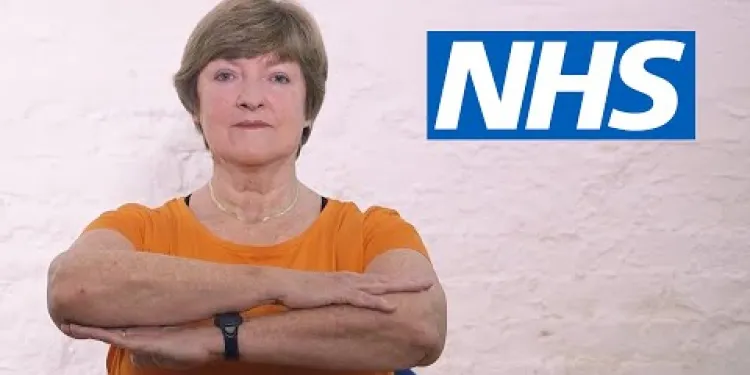
Pilates for back pain: Seated waist twist | NHS
Relevance: 43%
-
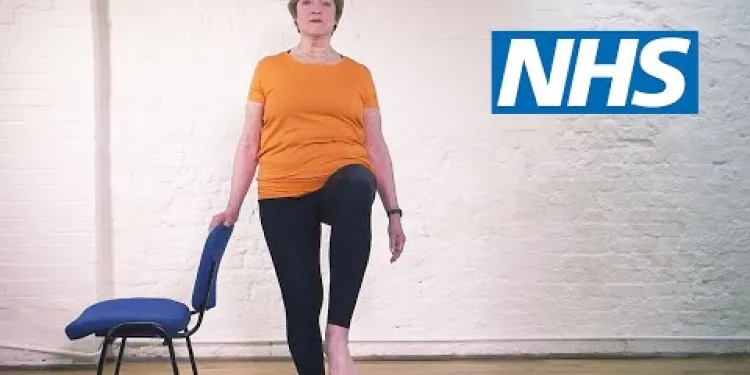
Pilates for back pain: Standing on one leg | NHS
Relevance: 42%
-
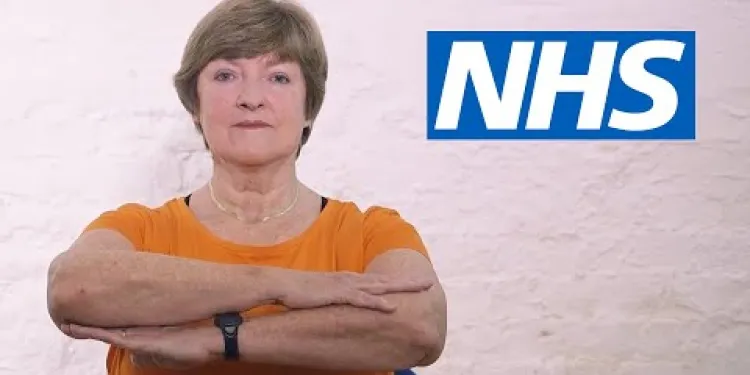
Pilates for back pain: Seated waist twist | NHS
Relevance: 41%
-

Back stretches | NHS
Relevance: 39%
-

Evidence-Based Interventions: injections for non-specific low back pain without sciatica
Relevance: 37%
-
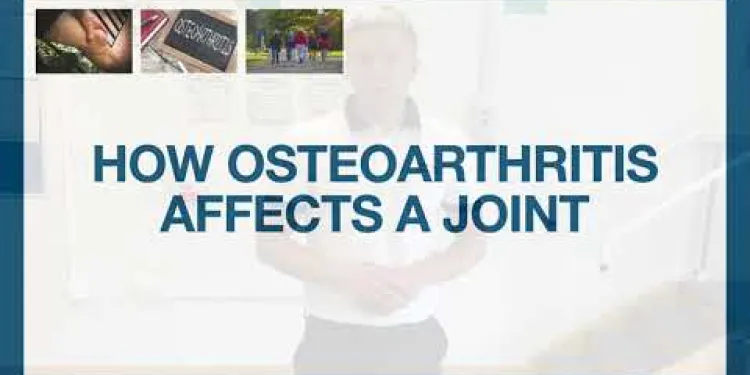
Part One: Understanding Osteoarthritis- MSK Physiotherapy
Relevance: 36%
-
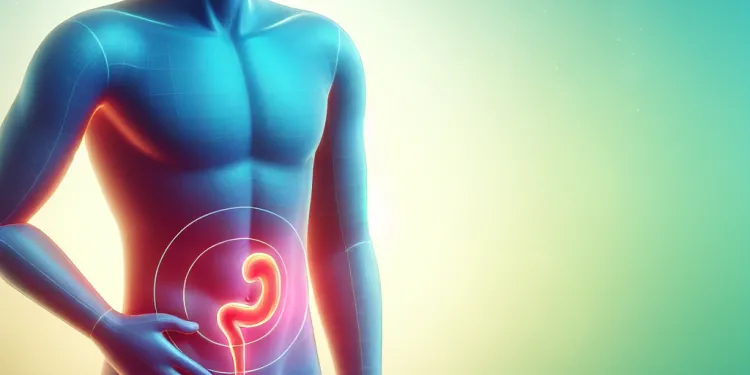
Where is the pain located when you have appendicitis?
Relevance: 30%
-
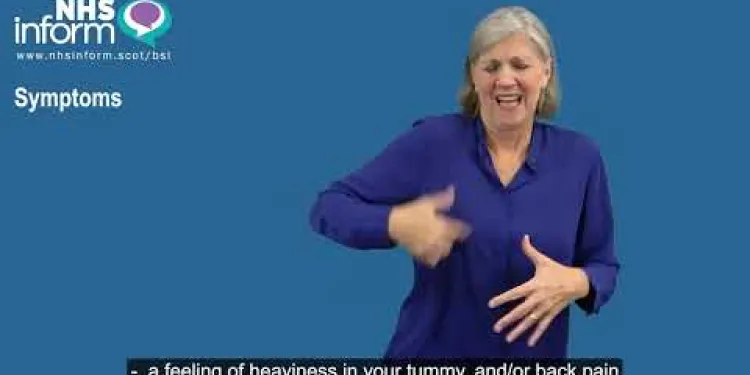
Period pain (dysmenorrhoea) - BSL
Relevance: 29%
-

Should I avoid lying on my back during exercise?
Relevance: 27%
-
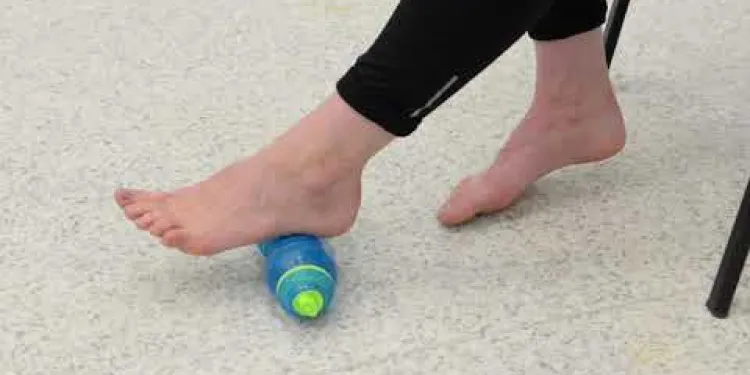
Foot Pain
Relevance: 26%
-

What lifestyle changes can lower blood pressure?
Relevance: 26%
-
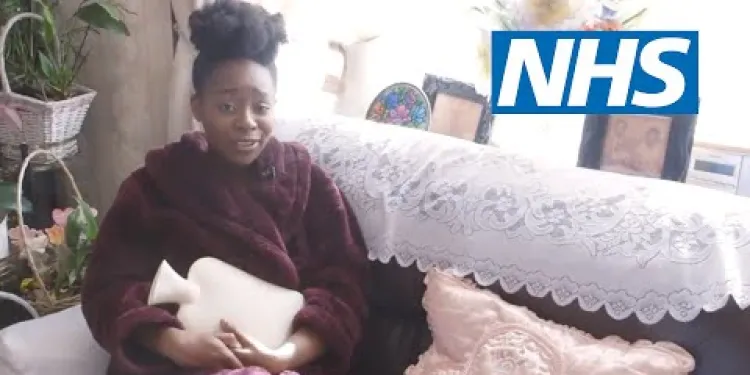
How to deal with period pain | NHS
Relevance: 25%
-
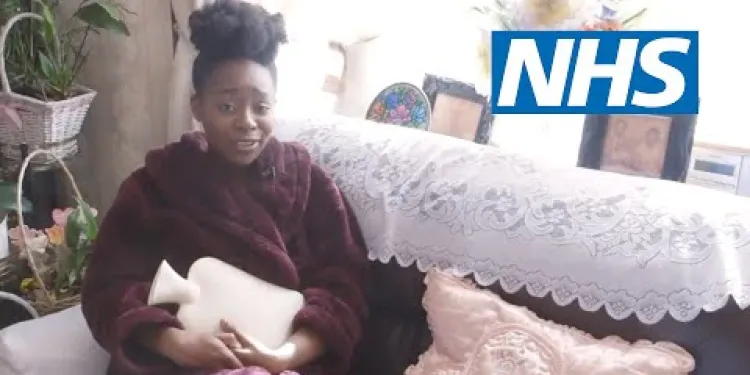
How to deal with period pain | NHS
Relevance: 25%
-
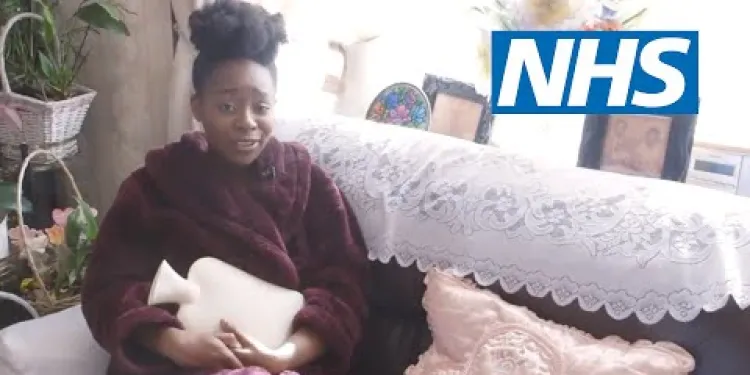
How to deal with period pain | NHS
Relevance: 24%
-
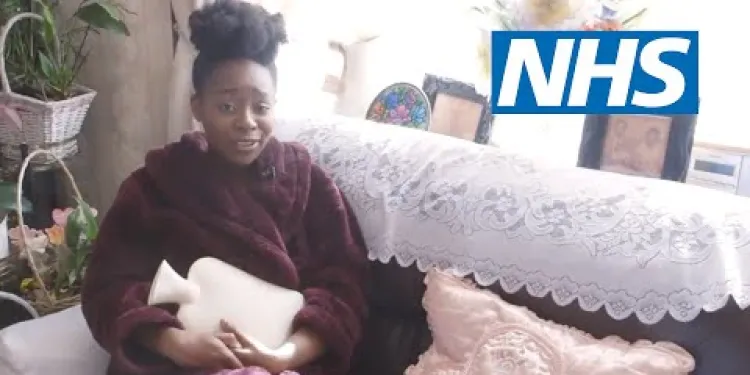
How to deal with period pain | NHS
Relevance: 24%
-
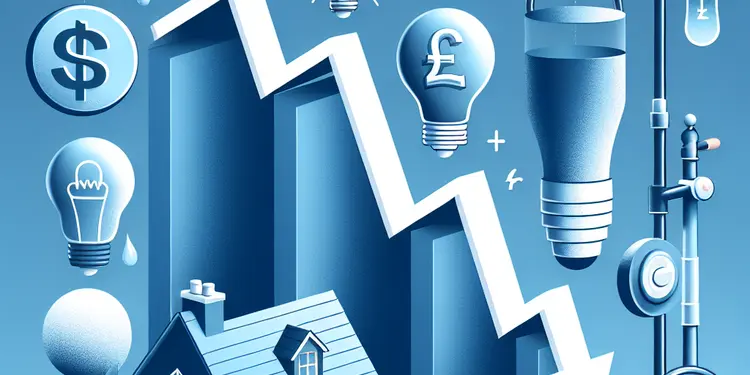
How can I lower my monthly utility bills?
Relevance: 24%
-
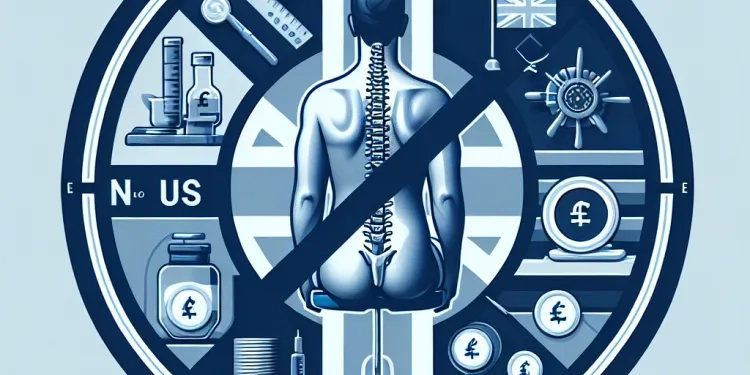
Are chiropractic treatments painful?
Relevance: 24%
-
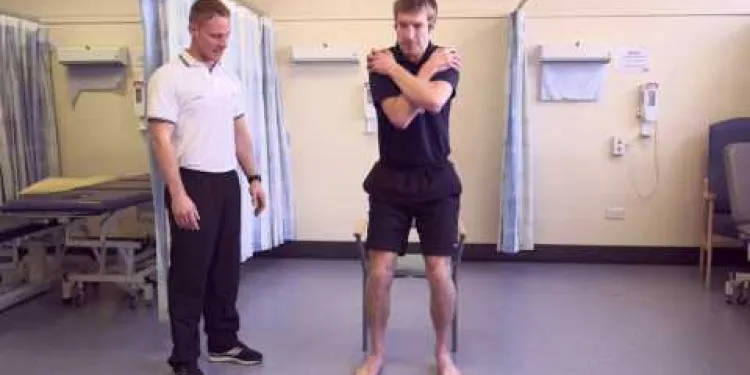
Exercises to help your lateral hip pain
Relevance: 23%
-

Are there any fees to claim money back?
Relevance: 23%
-

Can lifestyle changes help manage pain and fever during pregnancy?
Relevance: 23%
-

Is impetigo painful?
Relevance: 23%
-
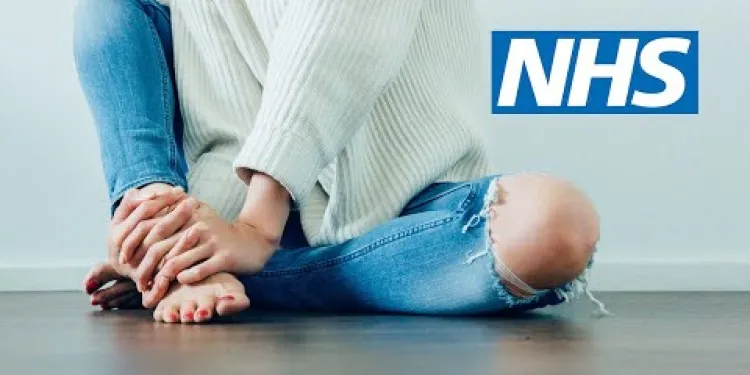
Heel pain | NHS
Relevance: 23%
-

Is a facelift painful?
Relevance: 22%
-

Is a mammogram painful?
Relevance: 22%
-

How do NSAIDs work to reduce pain?
Relevance: 22%
-
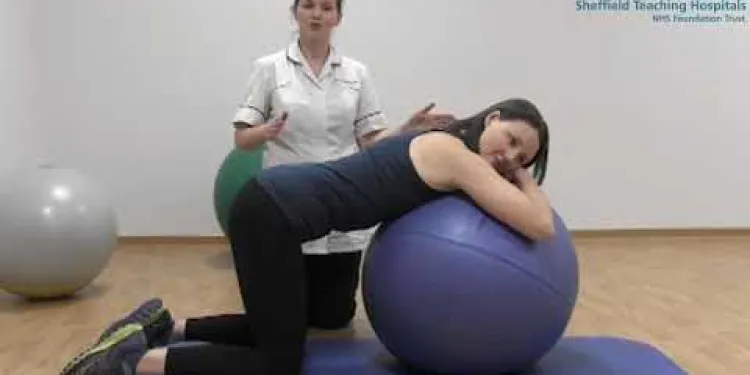
Mat and gym ball exercises with pregnancy related Pelvic Girdle Pain
Relevance: 22%
-
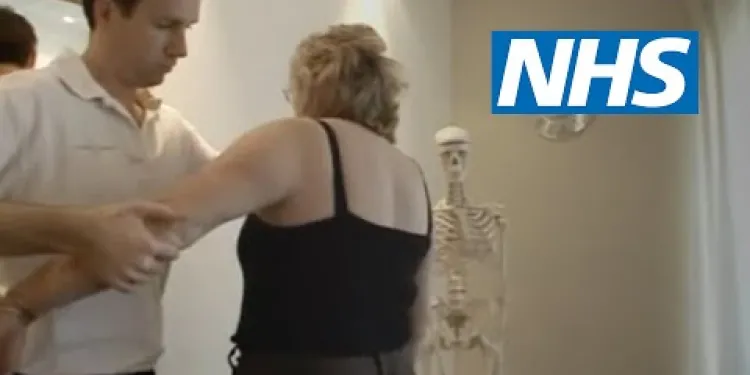
Shoulder pain | NHS
Relevance: 22%
-

Do online banks have lower fees than traditional banks?
Relevance: 21%
-
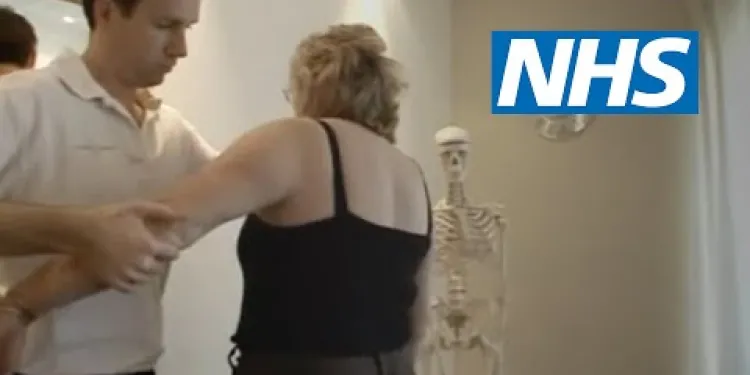
Shoulder pain | NHS
Relevance: 21%
-
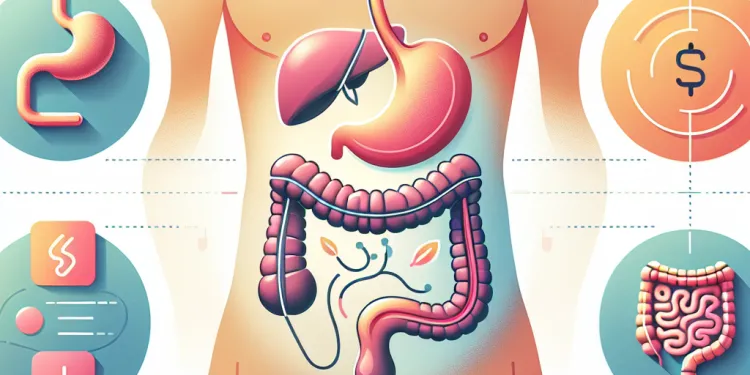
How is appendicitis different from other causes of abdominal pain?
Relevance: 21%
-

What lifestyle changes can help lower the risk of bowel cancer?
Relevance: 21%
-

Do I need a lawyer to claim money back?
Relevance: 21%
-
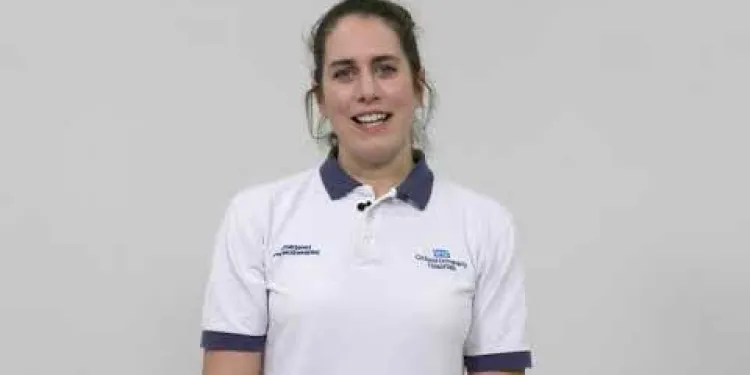
Pelvic Girdle Pain Advice Class
Relevance: 21%
-

Will I feel pain during the procedure?
Relevance: 20%
Understanding MSK Lower Back Pain
Introduction to MSK Lower Back Pain
Musculoskeletal (MSK) lower back pain is a common condition that affects a significant number of people in the United Kingdom. It involves discomfort or pain in the lower back, sometimes extending to the buttocks or legs, and can be caused by various factors including muscle strain, poor posture, or underlying medical conditions.
Common Causes of MSK Lower Back Pain
In the UK, lower back pain can often be attributed to daily activities and lifestyle choices. Some of the most common causes include:
- Poor Posture: Spending long hours sitting at a desk or slouching can strain the muscles and ligaments in the lower back.
- Physical Strain: Lifting heavy objects improperly or sudden awkward movements can cause muscle sprains or strains.
- Lifestyle Factors: Lack of regular exercise, being overweight, and smoking can also contribute to the onset of lower back pain.
- Medical Conditions: Conditions like herniated discs, osteoarthritis, or spinal stenosis can cause chronic lower back pain.
Preventing Lower Back Pain
Preventive measures play a crucial role in reducing the occurrence of MSK lower back pain. Some effective strategies include:
- Regular Exercise: Strengthening the muscles of the back, abdomen, and legs through regular exercises can provide better support for the spine.
- Proper Lifting Techniques: Learn and use proper lifting techniques to avoid unnecessary strain on the back muscles.
- Ergonomic Workspaces: Ensure that your workstation is ergonomically designed to promote good posture and reduce strain.
- Healthy Lifestyle: Maintaining a healthy weight, quitting smoking, and incorporating a balanced diet can help in preventing lower back pain.
Treatment Options
For those experiencing MSK lower back pain, various treatment options are available:
- Self-care: Rest, applying ice or heat packs, and over-the-counter pain relievers can provide relief for mild pain.
- Physical Therapy: A physical therapist can guide you through exercises and stretches that can strengthen your back and alleviate pain.
- Medications: Prescription medications may be recommended for more severe pain or underlying conditions.
- Surgery: In extreme cases where conservative treatments do not work, surgical intervention may be considered.
Conclusion
MSK lower back pain is a prevalent issue in the United Kingdom but understanding its causes, prevention strategies, and treatment options can significantly improve outcomes. By adopting healthy habits and seeking appropriate medical care, individuals can effectively manage and reduce the impact of lower back pain on their daily lives.
Understanding MSK Lower Back Pain
Introduction to MSK Lower Back Pain
Musculoskeletal (MSK) lower back pain is a common problem. It affects many people in the UK. It means having pain or feeling uncomfortable in your lower back. Sometimes the pain can spread to your bum or legs. There are different reasons for this pain. It can be because of pulling a muscle, standing or sitting badly, or other health problems.
Common Causes of MSK Lower Back Pain
In the UK, many things we do every day can cause lower back pain. Here are some common reasons why it happens:
- Poor Posture: Sitting for a long time or slouching can hurt your back muscles.
- Physical Strain: Lifting heavy things the wrong way or quick, awkward moves can cause pain.
- Lifestyle Factors: Not exercising, being overweight, and smoking can also make your back hurt.
- Medical Conditions: Problems like slipped discs, arthritis, or spine issues can cause long-lasting pain.
Preventing Lower Back Pain
There are ways to stop MSK lower back pain from starting. You can try these tips:
- Regular Exercise: Exercise helps make the muscles in your back, belly, and legs strong and helps your spine.
- Proper Lifting Techniques: Learn how to lift things in the right way to protect your back.
- Ergonomic Workspaces: Make sure your workplace helps you sit properly and avoid hurting your back.
- Healthy Lifestyle: Keep a healthy weight, stop smoking, and eat a balanced diet to help prevent pain.
Treatment Options
If you have MSK lower back pain, there are ways to help feel better:
- Self-care: Rest, use ice or heat packs, and take simple pain medicine to help with mild pain.
- Physical Therapy: A therapist can show you exercises to make your back stronger and ease pain.
- Medications: For more pain or other problems, a doctor might give stronger medicine.
- Surgery: If nothing else works, sometimes surgery is needed.
Conclusion
MSK lower back pain is common in the UK. But if you know what causes it, how to stop it, and how to treat it, you can feel better. By having healthy habits and getting the right help, you can manage and reduce back pain in your daily life.
Frequently Asked Questions
What is lower back pain?
Lower back pain is discomfort or pain experienced in the lower part of the back, which can be caused by various factors such as muscle strain, ligament sprains, herniated discs, or underlying medical conditions.
What are common symptoms of lower back pain?
Common symptoms include a dull or aching pain in the lower back, muscle stiffness, limited range of motion, and sometimes pain that radiates to the legs or buttocks.
What causes lower back pain?
Lower back pain can be caused by muscle or ligament strain, herniated discs, spinal stenosis, poor posture, arthritis, or even stress. Sometimes, no specific cause can be identified.
How is lower back pain diagnosed?
A healthcare professional will typically diagnose lower back pain based on a physical examination, medical history, and sometimes imaging tests such as X-rays, MRI, or CT scans.
What treatments are available for lower back pain?
Treatments include physical therapy, pain relief medications, exercise, rest, and in some cases, surgery. Alternative treatments like acupuncture and chiropractic care may also be helpful.
Can exercise help with lower back pain?
Yes, regular exercise can strengthen the muscles supporting the spine, improve flexibility, and reduce pain. It is important to consult with a healthcare professional for a tailored exercise plan.
When should I see a doctor for lower back pain?
You should see a doctor if the pain is severe, persistent, or accompanied by other symptoms such as numbness, weakness, or bladder/bowel control issues.
How can I prevent lower back pain?
To prevent lower back pain, maintain a healthy weight, practice good posture, stay active, use proper lifting techniques, and avoid prolonged sitting or standing.
Is lower back pain a common condition?
Yes, lower back pain is very common and can affect people of all ages. It is one of the leading causes of missed workdays and disability worldwide.
Can stress cause lower back pain?
Yes, stress can lead to muscle tension and spasms, which may contribute to lower back pain. Managing stress through relaxation techniques and exercises can help alleviate this type of pain.
Are there home remedies for lower back pain?
Home remedies for lower back pain include applying heat or cold packs, over-the-counter pain relievers, stretching exercises, and maintaining good posture.
What is the role of physical therapy in treating lower back pain?
Physical therapy involves exercises, manual therapy, and education that can help reduce pain, improve function, and prevent future episodes of lower back pain.
Can diet affect lower back pain?
A healthy diet can help in maintaining an ideal weight, which reduces stress on the lower back. Foods rich in anti-inflammatory properties, such as fruits and vegetables, can also be beneficial.
How long does lower back pain typically last?
The duration of lower back pain varies. Acute lower back pain lasts a few days to a few weeks, while chronic lower back pain lasts longer than three months.
What are the risk factors for developing lower back pain?
Risk factors include age, lack of exercise, being overweight, poor posture, psychological conditions like depression or anxiety, and occupation-related activities that involve heavy lifting or prolonged sitting.
What is low back pain?
Low back pain means your lower back hurts. It can be sore or achy.
Ask someone you trust to help you if it is hard to read.
Use pictures or videos to learn more about back pain.
Lower back pain is when your lower back hurts. It can happen for different reasons. You might have sore muscles, stretched ligaments, or slipped discs. Sometimes, it can also be because of other health problems.
What signs show you have lower back pain?
Common signs are a dull or aching pain in the lower back. Muscles might feel tight. It might be hard to move your back. Sometimes you might feel the pain in your legs or bottom.
Why does my lower back hurt?
Lower back pain can happen because of different things. It can be from muscles getting hurt, discs in the back moving out, something called spinal stenosis, sitting or standing in a bad way, arthritis, or even feeling stressed. Sometimes, we don’t know why back pain happens.
How do doctors find out what causes lower back pain?
A doctor will find out if someone has lower back pain by doing a check-up, asking about their health in the past, and sometimes using special pictures like X-rays, MRI, or CT scans.
What can help if my lower back hurts?
If your lower back hurts, there are things that can help:
- Rest: Take a break and rest your back.
- Ice or Heat: Use ice packs or a warm cloth on your back.
- Exercise: Gentle stretches or walks can help your back feel better.
- Medicine: Some medicines from the doctor or store can help with pain.
- Support: Talk to a friend or a doctor about how you feel.
- Physical Therapy: A therapist can show you exercises.
These things might make your back feel better. Tell an adult or see a doctor if your back pain does not go away.
Treatments can help you feel better. They include:
- Doing special exercises with a therapist.
- Taking medicine to stop pain.
- Doing gentle exercise.
- Resting and taking breaks.
- Sometimes, having an operation.
Other things that might help are:
- Acupuncture, which uses tiny, thin needles.
- Chiropractic care, which adjusts your body to help it feel better.
Can exercise make your lower back feel better?
Exercise can help your back feel better. Moving and stretching might help your back pain. Here are some tips for exercising safely:
- Start slow. Don't do too much at once.
- If it hurts, stop and rest.
- Ask an adult or a doctor if you have questions.
Some tools that can help you include:
- Pictures or videos of exercises
- Apps that show easy exercises
- A friend or family member to exercise with you
Yes, doing exercises can make your back muscles stronger. It helps your body bend and move better. It can also make pain go away. You should talk to a doctor or a healthcare expert first. They can help you find the right exercises for you.
When should I go to the doctor for back pain?
If your lower back hurts very bad, see a doctor. If it lasts more than a week, get help. If the pain spreads to your legs, go to the doctor. If you feel weak or numb, visit a doctor. Use a pillow to support your back and sit up straight. Try gentle exercises like walking. They might help.
If you have bad pain, pain that won't go away, or pain with other problems like feeling numb, feeling weak, or problems going to the toilet, you should see a doctor.
How can I stop lower back pain?
To stop your lower back from hurting, try these tips:
- Keep your weight healthy.
- Stand and sit up straight.
- Move around and exercise.
- Lift things the right way.
- Don't sit or stand in one place for too long.
Using these tips can help keep your back feeling good.
Do a lot of people have lower back pain?
Yes, many people get lower back pain. It can happen to young and old people. It is one of the main reasons people miss work and can't do some things around the world.
Tips to help you read better:
- Read slowly and take your time.
- Ask someone to read with you.
- Use a ruler or finger to keep your place.
Can stress make your back hurt?
Yes, feeling stressed can make your muscles tight and twitchy. This can cause pain in your lower back. To help, try relaxing and doing exercises. This can make the pain better.
Can I use simple things at home to help my lower back pain?
If your lower back hurts, here are some things that might help:
- Use a hot or cold pack on your back.
- Take medicine you can buy at the store.
- Do some gentle stretches.
- Try to sit and stand up straight.
How can physical therapy help with lower back pain?
Physical therapy can help people who feel pain in their lower back. This involves exercises and movements to make the back stronger and less painful.
Here are some ways physical therapy can help:
- Teaches exercises to make muscles stronger.
- Shows how to move safely to stop more pain.
- Helps to feel better with hands-on techniques like massage.
Tools that can help:
- A comfortable chair for back support.
- A foam roller to use at home for exercises.
If you need help, ask a physical therapist or someone who knows about back pain.
Physical therapy is a way to help your body feel better and move better. It includes exercises, special treatments with hands, and learning about your body. These things can help you feel less pain, help you move better, and stop your back from hurting again.
Can food change back pain?
Eating the right food can help you stay at a good weight. This can help your back feel better. Eating lots of fruits and vegetables is great because they can help reduce swelling and pain.
How long does back pain usually last?
How long your back hurts can be different. Back pain that comes and goes might last just a few days or a few weeks. If your back hurts for a long time, more than three months, it is called chronic pain.
What can make your lower back hurt?
Things that can make back pain more likely:
- Getting older
- Not moving or exercising enough
- Being too heavy
- Sitting or standing in a bad way
- Feeling very sad or worried a lot
- Having a job where you lift heavy things or sit for a long time
Here are some things that can help:
- Take short walks every day
- Stretch your body gently
- Ask a friend or family member to help remind you to move
- Talk to a doctor or therapist if you're feeling sad or worried
Useful Links
- Ergsy carfully checks the information in the videos we provide here.
- Videos shown by Youtube after a video has completed, have NOT been reviewed by ERGSY.
- To view, click the arrow in centre of video.
- Most of the videos you find here will have subtitles and/or closed captions available.
- You may need to turn these on, and choose your preferred language.
- Go to the video you'd like to watch.
- If closed captions (CC) are available, settings will be visible on the bottom right of the video player.
- To turn on Captions, click settings .
- To turn off Captions, click settings again.
More Items From Ergsy search
-

MSK Lower Back Pain information video
Relevance: 100%
-

Mechanical Lower Back Pain
Relevance: 74%
-

Useful information for patients with lower back pain
Relevance: 68%
-

Useful information for patients with lower back pain
Relevance: 67%
-

How do chiropractors treat back pain?
Relevance: 48%
-

How to treat back pain | NHS
Relevance: 45%
-

Pilates for back pain: Seated waist twist | NHS
Relevance: 43%
-

Pilates for back pain: Standing on one leg | NHS
Relevance: 42%
-

Pilates for back pain: Seated waist twist | NHS
Relevance: 41%
-

Back stretches | NHS
Relevance: 39%
-

Evidence-Based Interventions: injections for non-specific low back pain without sciatica
Relevance: 37%
-

Part One: Understanding Osteoarthritis- MSK Physiotherapy
Relevance: 36%
-

Where is the pain located when you have appendicitis?
Relevance: 30%
-

Period pain (dysmenorrhoea) - BSL
Relevance: 29%
-

Should I avoid lying on my back during exercise?
Relevance: 27%
-

Foot Pain
Relevance: 26%
-

What lifestyle changes can lower blood pressure?
Relevance: 26%
-

How to deal with period pain | NHS
Relevance: 25%
-

How to deal with period pain | NHS
Relevance: 25%
-

How to deal with period pain | NHS
Relevance: 24%
-

How to deal with period pain | NHS
Relevance: 24%
-

How can I lower my monthly utility bills?
Relevance: 24%
-

Are chiropractic treatments painful?
Relevance: 24%
-

Exercises to help your lateral hip pain
Relevance: 23%
-

Are there any fees to claim money back?
Relevance: 23%
-

Can lifestyle changes help manage pain and fever during pregnancy?
Relevance: 23%
-

Is impetigo painful?
Relevance: 23%
-

Heel pain | NHS
Relevance: 23%
-

Is a facelift painful?
Relevance: 22%
-

Is a mammogram painful?
Relevance: 22%
-

How do NSAIDs work to reduce pain?
Relevance: 22%
-

Mat and gym ball exercises with pregnancy related Pelvic Girdle Pain
Relevance: 22%
-

Shoulder pain | NHS
Relevance: 22%
-

Do online banks have lower fees than traditional banks?
Relevance: 21%
-

Shoulder pain | NHS
Relevance: 21%
-

How is appendicitis different from other causes of abdominal pain?
Relevance: 21%
-

What lifestyle changes can help lower the risk of bowel cancer?
Relevance: 21%
-

Do I need a lawyer to claim money back?
Relevance: 21%
-

Pelvic Girdle Pain Advice Class
Relevance: 21%
-

Will I feel pain during the procedure?
Relevance: 20%


